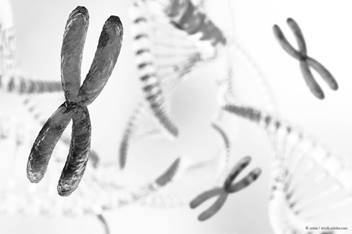Resources for Parents and Schools
Access logs, management plans, calculation sheets and more.
Diabetes Management Plan at School
These detailed plans are completed by the parents/guardian and school personnel specifically for the student. Information outlines trained school personnel, contact information, blood glucose testing, insulin administration, student self-management abilities, food, physical activity and supplies.
- Diabetes Management Plan - School Orders - Basal/Bolus Insulin Injection Therapy
- Diabetes Management Plan - School Orders - Insulin Pump
Returning to School With Diabetes - Parents' Guide
Returning to school can be stressful, regardless of whether your child has been living with diabetes for years or was just diagnosed yesterday. Here are suggestions to prepare.
- Returning to School With Diabetes - Parents' Guide
- Diabetes: When Your Child Should Stay Home from School
Hypoglycemia (Low Blood Glucose) Plan
A step-by-step plan to recognize and treat an individual with low blood glucose.This guide provides instructions to administer glucagon to an individual experiencing mild or moderate low blood glucose.
This resource outlines four key steps to treat low blood sugar.
Hyperglycemia (High Blood Glucose) Emergency Plan
A step-by-step plan to recognize and treat an individual with high blood glucose.Calculation Sheet for Rapid-Acting Insulin Bolus
This form helps to calculate the insulin dose given to an individual prior to eating.- Calculation Sheet for Rapid Acting Insulin
- Calculation Grid for Rapid Acting Insulin
- Insulin Bolus Calculator With Ketone Correction Bolus
Diabetes ID Sheets
This quick medical reference is ideal for individuals who are not intensively trained in diabetes management.Diabetes SOS Forms: Sick Day Self-Management
How to Manage Sick Days is designed to help caregivers when managing a patient’s diabetes while sick. Use the Sick Day Self-Management and Ketone Treatment guide that follows your patient’s therapy type.
- How to Manage Sick Days
- Sick Day Self-Management and Ketone Treatment (Pump Therapy)
- Sick Day Self-Management and Ketone Treatment (Injection Therapy)
Diabetes Blood Glucose/Insulin Record
Log sheet for caregivers to record blood sugars and insulin doses. Form can be faxed to our office for help with insulin dose adjustments.Insulin Pump Glucose Log
This log sheet allows caregivers to record blood sugars and insulin doses, which can be faxed to our office for assistance with pump settings and insulin dose adjustments.Insulin Dose Changes
As time goes on, you will be able to find patterns in blood glucose changes. It is important that you know how to make the right changes to your child’s or your own basal and bolus insulin doses for these patterns. This will help keep blood glucose levels in the right place (target range).



